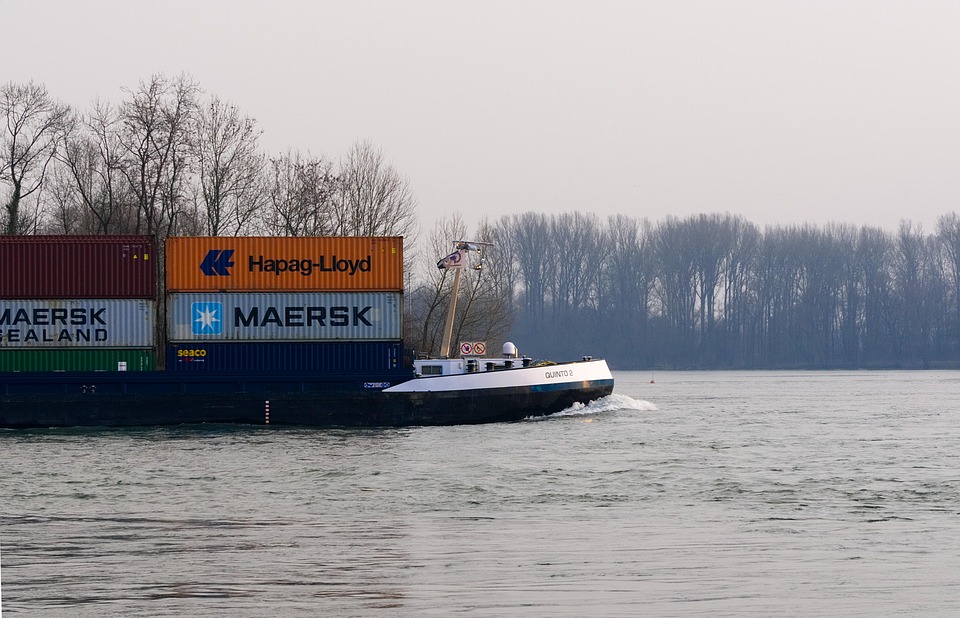The World Bank’s Commodity Markets Outlook report provides an in-depth analysis of the global commodity trends, highlighting the key drivers, risks, and forecasts for various commodities. According to the report, the global economy is projected to grow at a rate of 2.9% in 2023, driven by a rebound in trade and investment 1. The growth in commodity prices is expected to be moderate, with energy prices projected to increase by 1.5% and non-energy prices by 2.5% 2.
The report highlights that the global commodity trends are influenced by various factors, including trade tensions, climate change, and technological advancements. The ongoing trade tensions between major economies have led to a decline in trade volumes, affecting commodity prices and global economic growth 1. Climate change is also having a significant impact on commodity markets, with rising temperatures and changing weather patterns affecting agricultural productivity and energy demand 2.
The energy sector is expected to play a crucial role in global commodity trends, with renewable energy sources becoming increasingly important. The report highlights that the cost of renewable energy is declining, making it more competitive with fossil fuels 1. However, the transition to renewable energy is expected to be gradual, with fossil fuels still dominating the energy mix in the near term 2.
The agricultural sector is also expected to be influenced by global commodity trends, with changing consumer preferences and technological advancements affecting demand and supply. The report highlights that the demand for protein-rich foods, such as meat and soybeans, is increasing, driven by growing middle-class populations in emerging economies 1. However, the production of these commodities is facing challenges, including climate change, water scarcity, and soil degradation 2.
The metals and minerals sector is expected to be influenced by the growing demand for electric vehicles and renewable energy technologies. The report highlights that the demand for lithium, cobalt, and nickel is increasing, driven by the growing production of electric vehicles 1. However, the supply of these metals is facing challenges, including limited reserves, high production costs, and environmental concerns 2.
Another key takeaway from the World Bank’s Commodity Markets Outlook report is the importance of commodity price volatility. The report highlights that commodity price volatility can have significant impacts on economic growth, poverty, and inequality 1. The report emphasizes the need for policymakers to develop strategies to manage commodity price volatility, including the use of hedging instruments, diversification, and social protection programs 2.
The report also highlights the importance of trade facilitation and regional integration in promoting global commodity trends. The report emphasizes that reducing trade costs and improving trade facilitation can increase trade volumes, reduce prices, and promote economic growth 1. The report also highlights the importance of regional integration, including the African Continental Free Trade Area (AfCFTA), in promoting trade and economic growth 2.
In conclusion, the World Bank’s Commodity Markets Outlook report provides valuable insights into global commodity trends, highlighting the key drivers, risks, and forecasts for various commodities. The report emphasizes the importance of managing commodity price volatility, promoting trade facilitation and regional integration, and addressing the challenges facing the energy, agricultural, and metals and minerals sectors 1. Policymakers, businesses, and individuals can use these insights to make informed decisions and promote sustainable and inclusive economic growth 2.
Conclusion
The global commodity trends are expected to be shaped by various factors, including trade tensions, climate change, and technological advancements. The energy sector is expected to play a crucial role, with renewable energy sources becoming increasingly important. The agricultural sector is expected to be influenced by changing consumer preferences and technological advancements, while the metals and minerals sector is expected to be driven by the growing demand for electric vehicles and renewable energy technologies. Managing commodity price volatility, promoting trade facilitation and regional integration, and addressing the challenges facing these sectors will be crucial for promoting sustainable and inclusive economic growth 1. By understanding these trends and challenges, policymakers, businesses, and individuals can work together to create a more sustainable and equitable future 2.
Frequently Asked Questions
Q: What are the key drivers of global commodity trends?
A: The key drivers of global commodity trends include trade tensions, climate change, and technological advancements 1. These factors can affect commodity prices, trade volumes, and economic growth 2.
Q: How is the energy sector expected to evolve in the coming years?
A: The energy sector is expected to evolve with a growing importance of renewable energy sources, declining costs, and increasing competitiveness with fossil fuels 1. However, the transition to renewable energy is expected to be gradual, with fossil fuels still dominating the energy mix in the near term 2.
Q: What are the challenges facing the agricultural sector?
A: The agricultural sector is facing challenges, including climate change, water scarcity, and soil degradation 1. These challenges can affect agricultural productivity, food security, and the livelihoods of farmers and rural communities 2.
Q: How can policymakers promote sustainable and inclusive economic growth?
A: Policymakers can promote sustainable and inclusive economic growth by managing commodity price volatility, promoting trade facilitation and regional integration, and addressing the challenges facing the energy, agricultural, and metals and minerals sectors 1. They can also invest in education, infrastructure, and social protection programs to promote human development and reduce poverty and inequality 2.





